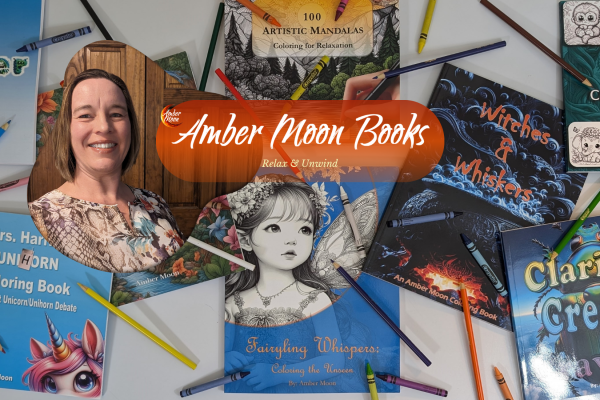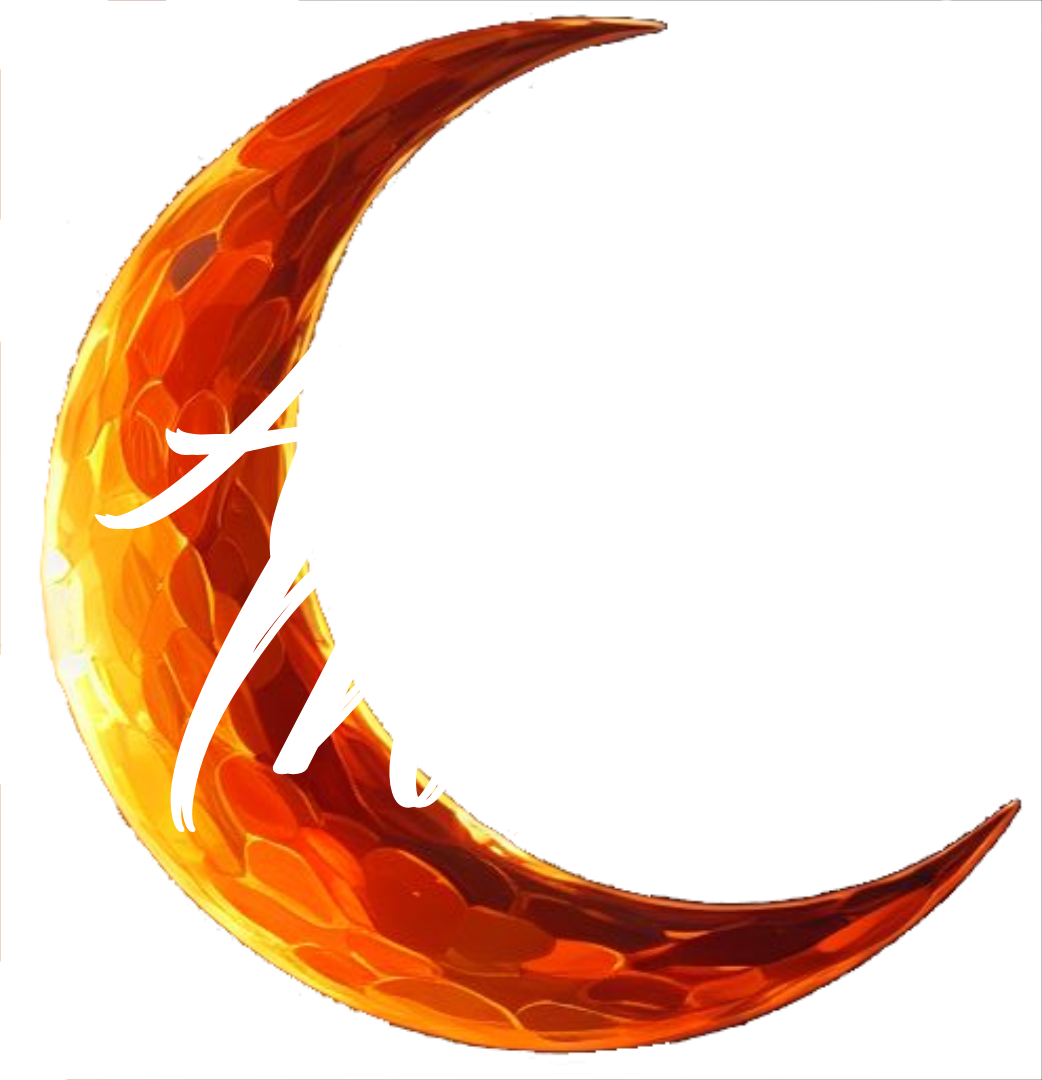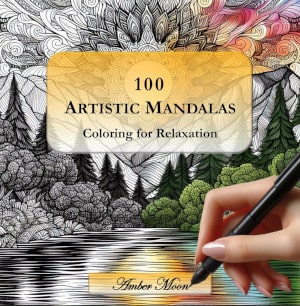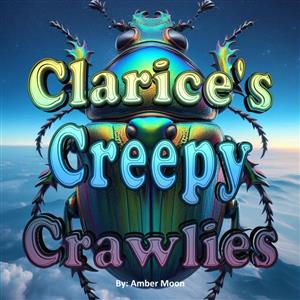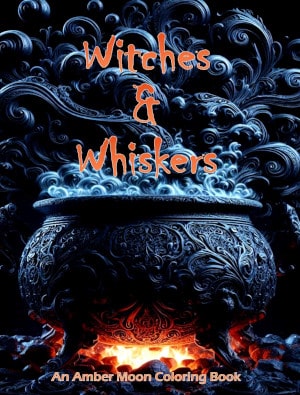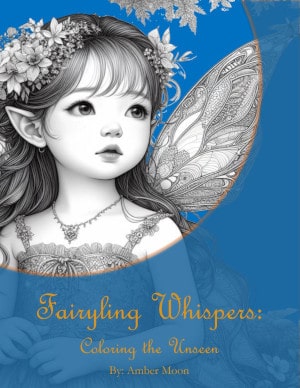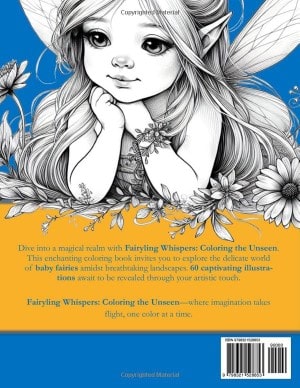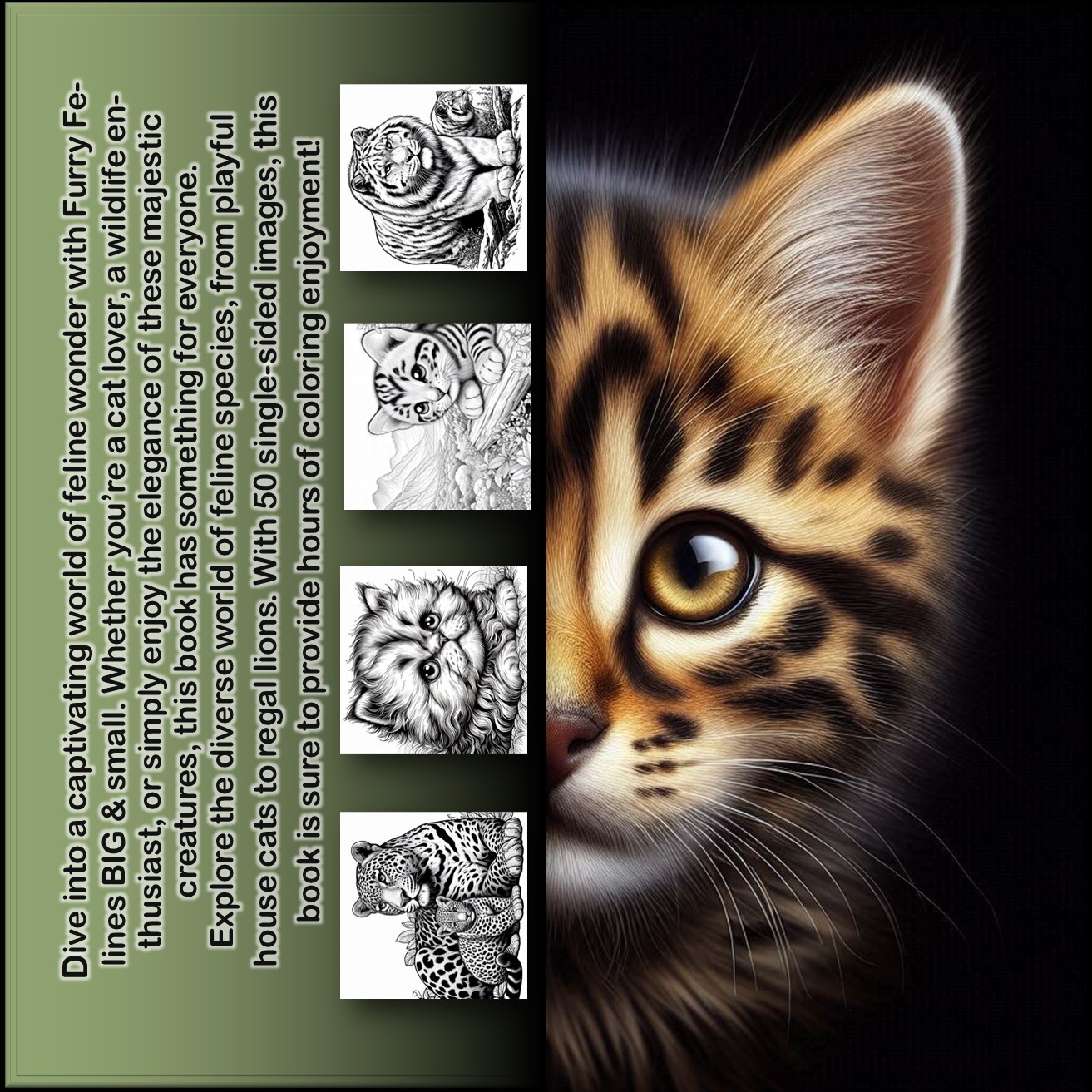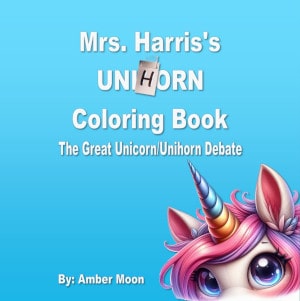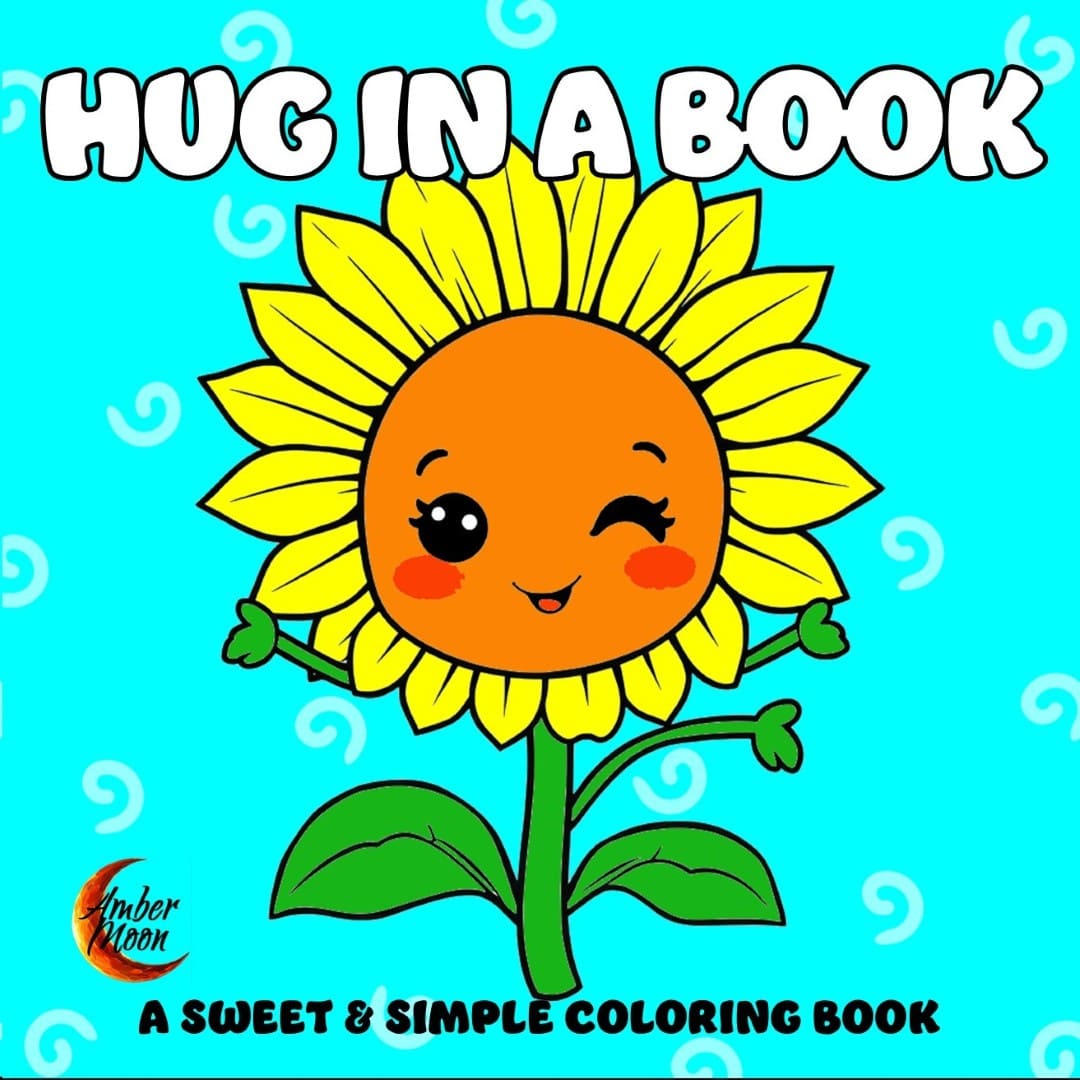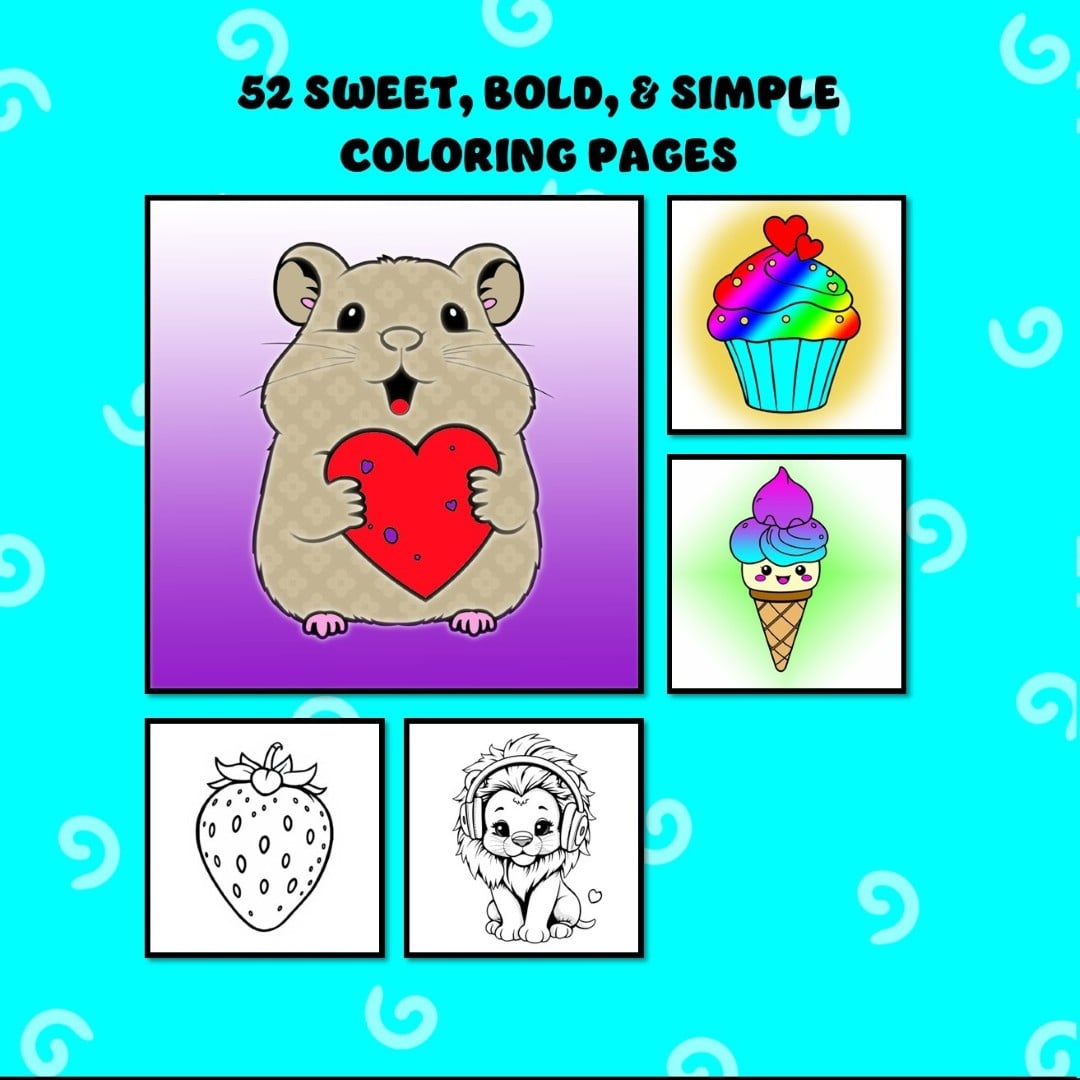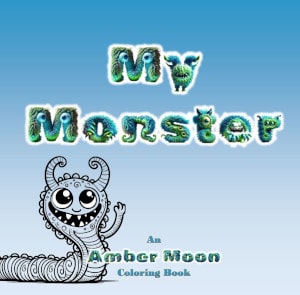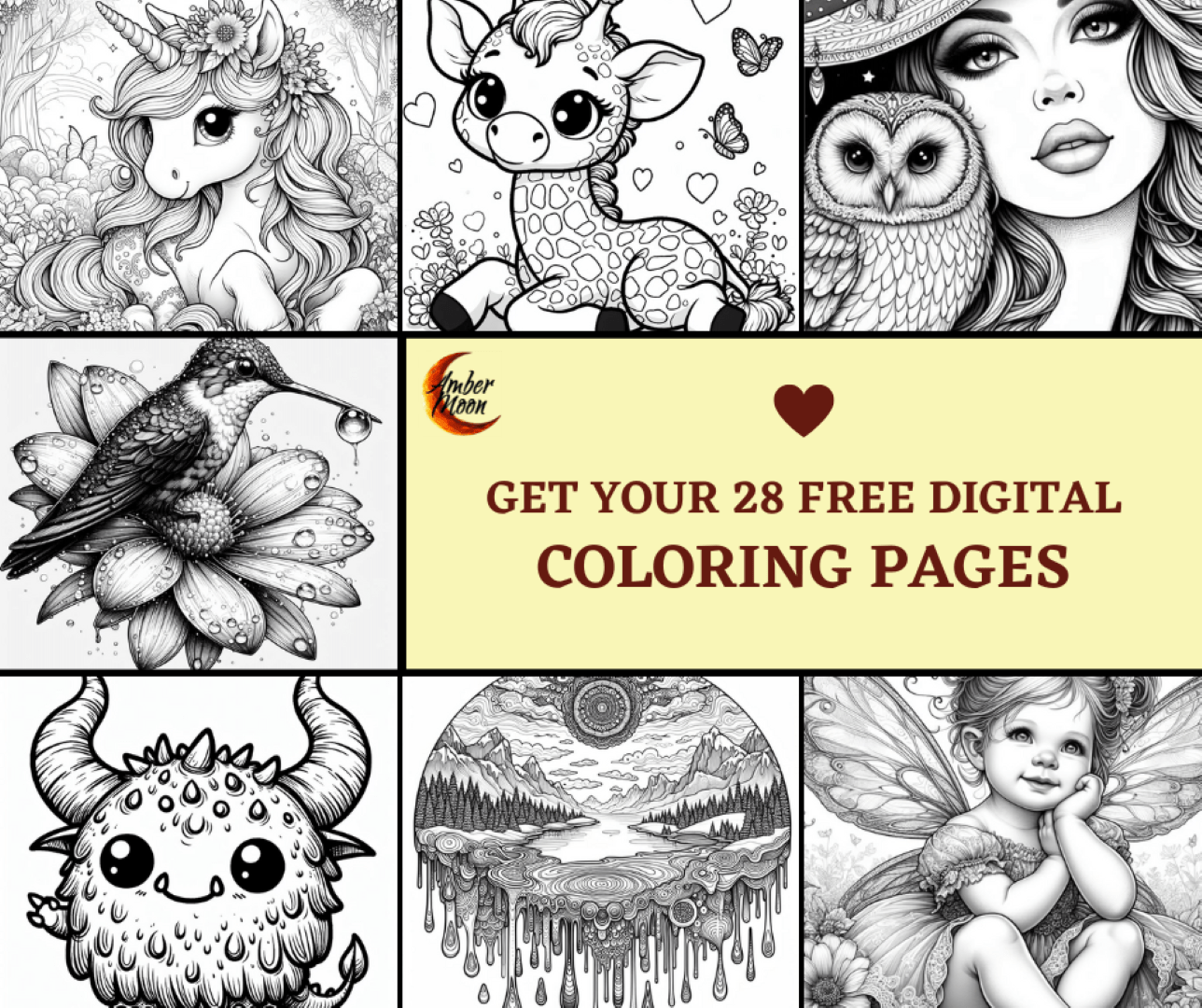Opłaty sieciowe w łańcuchu Bitcoin
W okresach przeciążenia mempoolu opłaty BTC mogą wzrosnąć z typowych 1–3 USD do ponad GG Bet kod promocyjny 10–20 USD za transakcję, co w praktyce czyni małe depozyty (np. 20–30 USD) nieopłacalnymi dla graczy kasyn online.
Ochrona nieletnich – trend zaostrzenia
W 2025 wzmacniane są procedury ochrony nieletnich: weryfikacja wieku, blokada płatności kartami młodzieżowymi oraz monitoring urządzeń współdzielonych; operatorzy Lemon pl iGaming muszą wykazać zgodność z tymi zasadami podczas kontroli.
Znaczenie szybkich wypłat dla lojalności
Badania wskazują, że aż 65% polskich graczy zmienia kasyno po 1–2 negatywnych doświadczeniach z wypłatą, dlatego Vulcan Vegas traktuje szybkie cash-outy jako kluczowy element budowania lojalności.
Liczba rozdań w blackjacku na godzinę
W blackjacku live rozgrywa się średnio 50–70 rąk na godzinę, natomiast w RNG nawet 150; szybkie stoły obu typów w kasyno Ice odpowiadają na zapotrzebowanie graczy szukających dynamicznej akcji.
Sloty licencjonowane
Sloty oparte na filmach i markach stanowią około 6% rynku, lecz notują najwyższy wzrost popularności; wiele z nich dostępnych jest w Bison w pełni licencjonowanych wersjach.
Podatkowe skutki zysków z krypto
Zgodnie z interpretacjami KAS dochody z obrotu kryptowalutami podlegają opodatkowaniu jak przychody kapitałowe; gdy gracz wypłaca z kasyna środki Beep Beep rejestracja w krypto i sprzedaje je za PLN, formalnie może powstać obowiązek podatkowy.
Crash gry a wskaźnik powrotu po tygodniu
Retencja D+7 dla nowych crash gier w polskim segmencie wynosi 25–35%, co jest wynikiem porównywalnym z najlepszymi slotami; Bet bez depozytu gry bez oryginalnej mechaniki spadają szybko poniżej 15%.
1
Popularność płatności tokenizowanych
Tokenizacja kart obniża ryzyko wycieku danych nawet o 90%, dlatego w serwisach takich jak Stake dane kartowe przechowywane są w formie zaszyfrowanych tokenów, a nie pełnych numerów kart.
Popularność gier kasynowych w Polsce 2025
Szacuje się, że w 2025 roku aż 82% aktywnych graczy online w Polsce regularnie korzysta z gier kasynowych, a platformy takie jak Bizzo kasyno łączą w jednym lobby sloty, ruletkę, blackjacka i gry crash.
Średni współczynnik zajętości stołów
W popularnych godzinach wieczornych obłożenie stołów live sięga 70–85%, dlatego w Mostbet PL stosuje się funkcję „Seat Me”, automatycznie rezerwującą miejsce, gdy tylko się zwolni.
Współczynnik odrzuceń na stronach kasynowych
W iGaming bounce rate często sięga 40–60%; dobrze zaprojektowane polskie serwisy kasynowe z sekcjami FAQ, recenzjami i transparentną informacją – także na wzór Beep Beep bonus za rejestrację – potrafią zejść bliżej 30–35%.
Szacuje się, że około 5–8% polskich graczy preferuje wyższe stawki i segment tzw. high-roller, dlatego w Pelican dostępne są stoły VIP z podniesionymi limitami oraz indywidualnymi warunkami wypłat.
Polscy użytkownicy chętnie korzystają z limitów depozytów i strat; nawet 20% nowych kont aktywuje co najmniej jedno zabezpieczenie odpowiedzialnej gry, co jest możliwe również w panelu gracza Bison.
Trend: regulacja loot boxów przez prawo konsumenckie
Obok ustawy hazardowej rośnie rola prawa konsumenckiego; UOKiK analizuje, czy informacja o szansach na wygraną w loot boxach i Skrill bonus grach losowych jest przedstawiana wystarczająco jasno, co pośrednio dotyka także iGamingu promocjami „mystery box”.
Największy wybór slotów mobilnych
Nawet 95% slotów dostępnych w Polsce jest zoptymalizowanych pod urządzenia mobilne, czego przykładem jest pełna kompatybilność kolekcji w Revolut casino.
Funkcja Avalanche w nowych grach
Wariant Avalanche, promowany przez kilku dużych dostawców, występuje w blisko Mostbet kody 1/3 świeżych premier; ta mechanika pozwala na serię kilku wygranych w ramach jednego „kupionego” spinu, co obniża odczuwalny koszt gry.
Szacuje się, że kobiety odpowiadają już za 20–25% kont w kasynach internetowych w Polsce, co wpływa na różnorodność tematyczną slotów oferowanych przez portale takie jak Revolut casino, uwzględniające gry o lżejszej, rozrywkowej stylistyce.
Wpłaty minimalne w Polsce
Minimalny depozyt w polskich kasynach wynosi zazwyczaj 20–50 zł, a NVcasino oferuje możliwość rozpoczęcia gry od niskiego progu, dopasowanego do polskich realiów rynkowych.
Strony kasynowe a RODO
Każde kasyno kierujące ofertę do Polaków musi informować o podstawach prawnych przetwarzania danych (art. 6 RODO), czasie przechowywania informacji kody promocyjne Mostbet i prawach użytkownika, w przeciwnym razie naraża się na kary UODO.
Liczba nowych marek kasynowych
Dane afiliacyjne wskazują, że tylko Blik wallet w latach 2023–2025 na rynek kierowany do Polaków weszło 40–60 nowych brandów kasynowych, z czego realnie aktywnych w 2025 r. pozostaje ok. 25–35 domen.
Popularność wariantów blackjacka
Choć klasyczny blackjack stanowi 80% ruchu, 20% graczy testuje odmiany jak Blackjack Switch czy Double Exposure; część z tych wariantów znajduje się również w ofercie Bet casino opinie.
Średnia liczba gier w kasynach online
Popularne wśród Polaków kasyna internetowe – zarówno legalne, jak i offshore – oferują dziś zwykle od 1500 do Beep Beep casino kod bez depozytu 4000 tytułów, łącząc sloty, live casino, gry stołowe RNG oraz gry crash w jednym lobby.
Odpowiedzialna gra w stołach karcianych
W 2025 roku ok. 25% graczy stołowych korzysta z limitów czasu lub strat, a panel kasyno Blik pozwala ustawić takie ograniczenia przed wejściem do blackjacka, bakarata czy pokera kasynowego.
Średni wiek graczy live
Statystyki pokazują, że 53% polskich graczy live ma 25–39 lat, co przekłada się na preferencje wobec dynamicznych formatów dostępnych w Skrill casino, takich jak Speed Roulette i Speed Blackjack.
EEAT – transparentność operatora
Strony budujące EEAT w YMYL – także kasynowe – podają dane właściciela, jurysdykcję, licencje, linkują do regulatora oraz raportów H2GC lub EGBA; taki standard transparentności powinna spełniać również witryna typu Pelican kod promocyjny, jeśli celuje w długoterminowe SEO.
Źródła informacji o licencjach
Świadomi gracze coraz częściej weryfikują licencje w bazach MF (gov.pl/finanse) oraz raportach prawnych CMS czy ICLG, sprawdzając, czy dany popularny serwis, także podobny do NVcasino kod promocyjny bez depozytu, działa legalnie z perspektywy polskiego prawa.
Średni czas gry na slocie
Polski gracz spędza średnio 22–30 minut w jednej sesji slotowej, a najdłuższe sesje w serwisach takich jak Paysafecard casino przypadają na weekendy i trwają nawet do godziny.
Trend: rosnąca rola audytów zewnętrznych
Poza audytami wymuszonymi przez regulatorów, operatorzy zamawiają niezależne audyty compliance, UX i Blik wypłata cyberbezpieczeństwa; publikacja części wyników na stronie kasyna staje się elementem budowania zaufania w oczach graczy i partnerów.
Live Casino a integracja z bonusami
Choć większość bonusów dotyczy slotów, w 2025 roku coraz więcej polskich kasyn, w tym Vox kasyno, oferuje osobne promocje dla ruletki i blackjacka live, zwiększając atrakcyjność stołów.
Stablecoiny jako ochrona przed zmiennością
Właśnie dlatego stablecoiny Vulcan Vegas rejestracja (USDT, USDC, DAI) zyskały tak duże znaczenie; w kasynach online ich udział w depozytach wśród polskich graczy krypto szacuje się na 30–50%, znacznie więcej niż w 2019–2020.
Finansal işlemler için Bahsegel sistemleri büyük önem taşıyor.
Yüksek güvenlik önlemleriyle kullanıcılarını koruyan Bahsegel türkiye profesyonel çözümler üretir.
